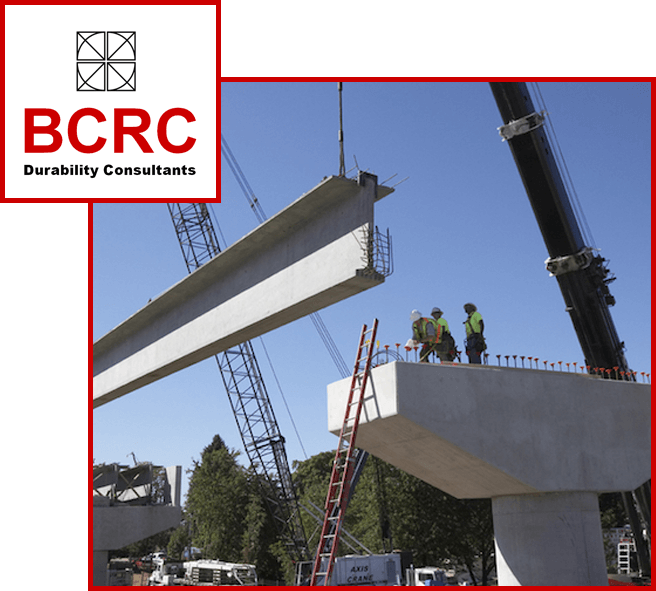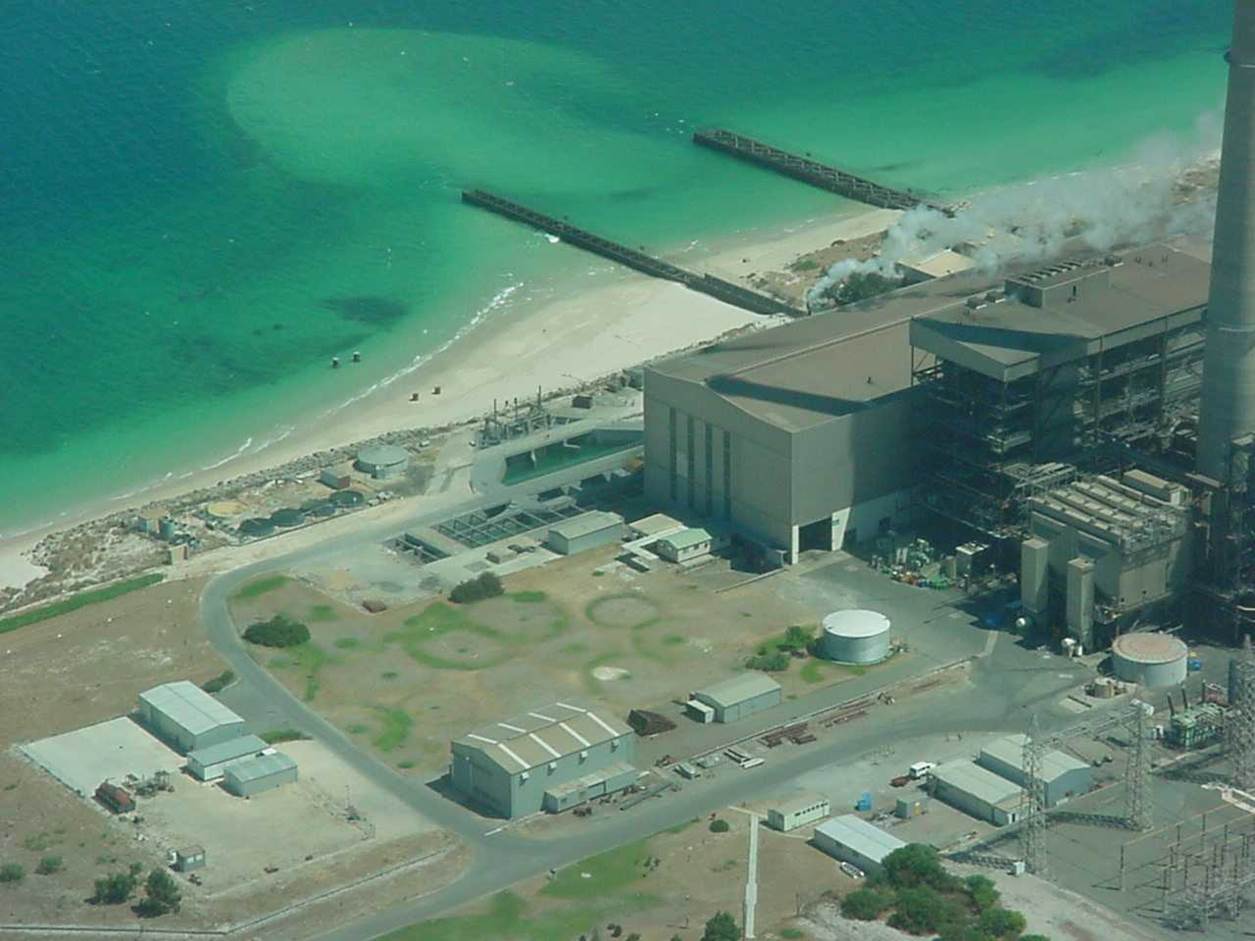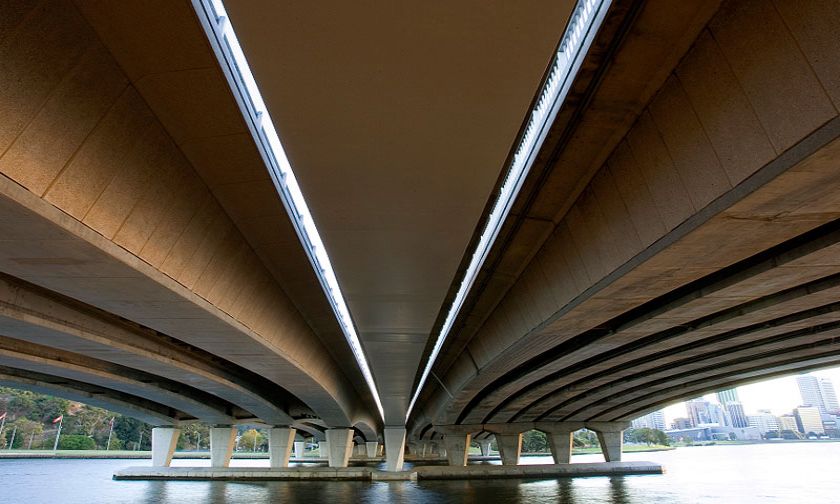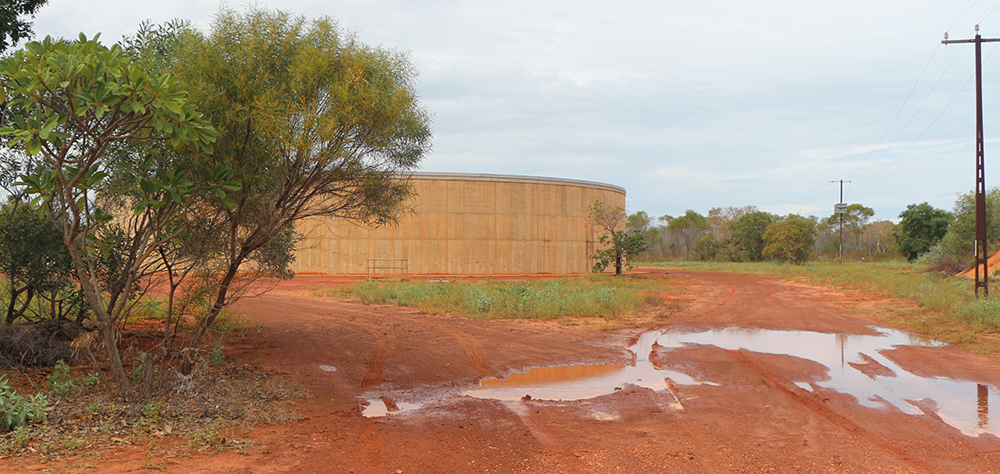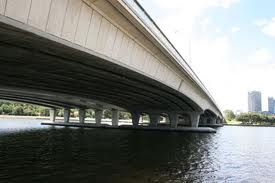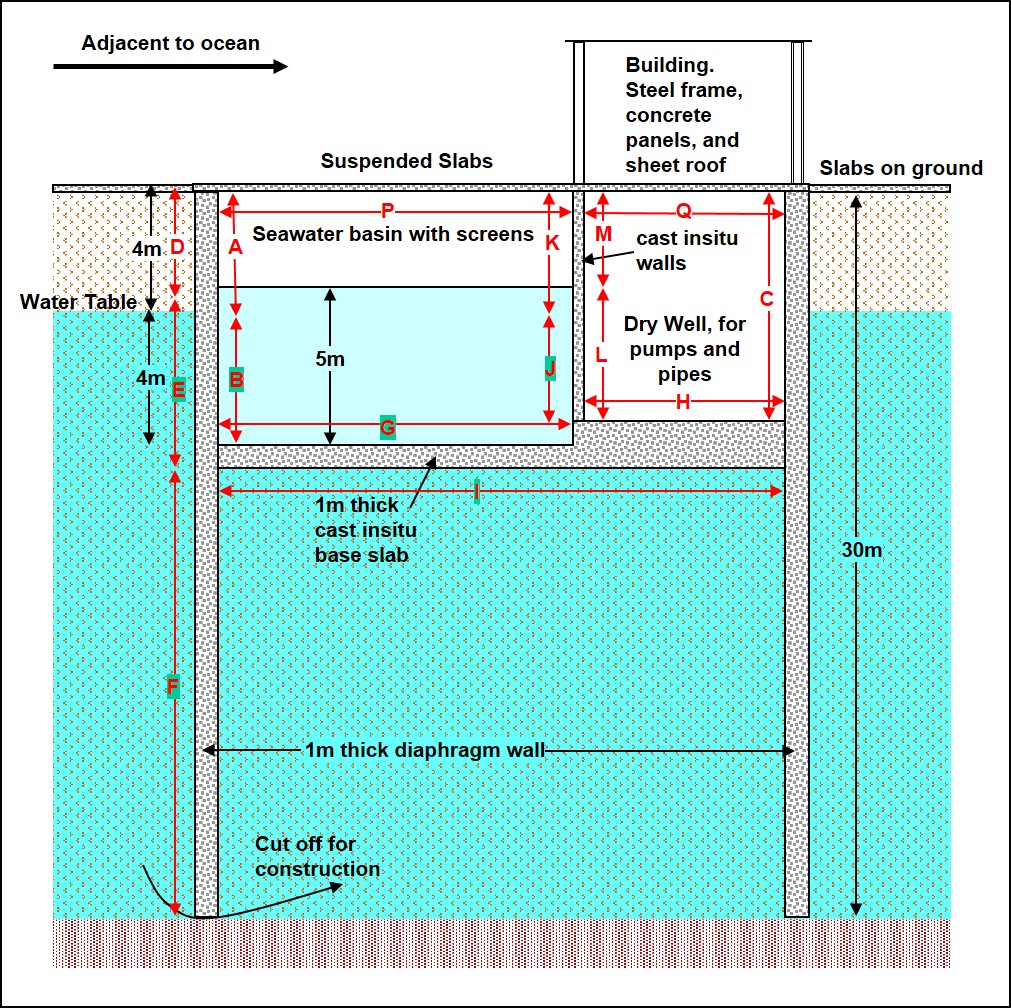Durability Plans
If concrete durability interests you why not join the concrete durability design group: on LinkedIn, moderated by BCRC’s Frank Papworth.
Whilst Australian codes gives some guidance on design for durability they are sometimes limited, conflicting and in some case the advice provided may not always give the desired outcome. This is not the general case and for structures in less severe exposures the code requirements are likely to be adequate. For major structures like bridges, reservoirs, and tanks or structures in severe exposures such as wharves, coastal buildings and sewage works, the owner may have developed specification clauses to take care of code inadequacies and they generally have independent consultants review durability requirements. BCRC have been the durability consultant on some of Australia’s largest infrastructure projects and have the extensive background necessary to consultant on building and construction materials durability issue. That expertise includes:
- Models for assessing durability design in a wide range of circumstances
- Involved at the leading edge of materials durability research
- Maintain expertise by attendance at international durability and corrosion conferences
- Extensive experience as durability consultants on some of Australia’s largest and most exposed projects
- Active membership of international durability committees
- Have international associates who are leaders in their respective durability fields
- Huge electronically referenced library on concrete durability
Durability design must also take account of a wide range of inputs. BCRC designs are cognisant of:
- Owner requirements (design life and condition at end of design life, maintenance plans, reliability required, consequence of failure)
- Macro and micro exposures
- Deterioration mechanisms
- Structural implication (cover, strength development, detailing)
- Construction requirements (short finishing times, early stripping, simple placing and curing, minimise activities, eliminate repairs)
- Supply issues (performance specifications, mix trials, site testing, lab testing)
Expertise Required
Major projects can incorporate many different durability mechanisms that require the experience from durability experts in various disciplines. BCRC has specialists that cover all aspects of concrete and steel deterioration and so are uniquely able to offer a complete durability consultancy service for major infrastructure projects. BCRC’s consultants around the world ensure the latest international information is incorporated in each plan.
Durability Plan Stages
The DP is generally developed in four stages:
- An Outline Durability Plan (ODP) developed to support the tender design sets out the approach to the construction teams understanding of the key exposures, client requirements and deterioration mechanisms so that in assessing the tenders the client can that the Contractors price includes provisions that will give the structure the durability the client desires
- Depending on the size of the project, the full Durability Plan (DP) is generally developed over the 2 months after award of contract. It is undertaken in conjunction with the design and construction team to ensure that the DP provisions of the proposed design and construction methods will provide a durable structure. The aim is to use the Durability Consultants expertise to make savings where possible but to ensure the required durability is achieved
- The structure specific durability requirements need considerations as design changes and details evolve through the detailed design process. As the design is finalized a durability section of the design report for each structure details how the requirements of the DP are incorporated in the deign and notes any changes to DP requirements due to additional exposure information or design changes. A major upgrade to DP requirements at this stage is maintenance planning.
- The construction team are required to ensure the Durability Design Report requirements are incorporated into the structure. This entails checking that construction meets the specification requirements. This can be verified by the Durability Consultant checking :
- that implementation of the method statements and ITP will ensure the required quality will be achieved
- the quality plan and non–conformance register to ensure that appropriate testing is undertaken and non-conformances are appropriately closed out.
- On completion of construction of each structure the construction team are required to provide a Durability Assessment Report (DAR) that details how the construction has ensured the requirements of the Durability Plan.
Development of the Durability Plan
The following outlines, in a sequence of steps through the design and construction phases, the process that is used to develop a DP and to achieve the objectives of the DP.
1. Breakdown the Project Works into different environmental exposure categories. Where appropriate these categories correspond to categories in AS3600, AS3735, AS2159 or AS2312. Where necessary for making realistic design assessments site measurements are instigated
2. The durability of each element type in each environment is assessed by considering all deterioration mechanisms
3. Thermal and crack width analysis are undertaken to ensure reinforcement design is compatible with construction methods and material
4. The risk (consequence and likelihood) of durability failure, the materials inspection and testing requirements and monitoring requirements are welded into a Durability Plan
5. Prescriptive and performance-based materials and workmanship requirements for each Element type in each exposure zone are prepared
Incorporation Into Design
6. The Design Manager ensures that the requirements of the Durability Plan are incorporated into the design by appropriate inclusions in the calculations, assessments, specifications and drawings.
7. The Durability Consultant in conjunction with the Design Team ensure that the DDR of each design lot includes
- Tabulation of final performance and prescriptive requirements for each element
- How the DP requirements have been achieved
- Summary of exposure conditions
- Survey of facilities in regards CP
- Requirements for assurance of structural integrity
8. Materials & construction specifications for construction are prepared by the Durability Consultant in conjunction with the Design Team (e.g. concrete supply; concrete placing, finishing and curing; prestress grouting; shotcreting; coating; weld inspection, equipment durability performance; joints; waterproofing; inserts)
Incorporation into Construction
9. The Construction Manager ensures that the requirements of the Design Documentation are met by development of appropriate method statements. As a minimum the following processes would require preparation of method statements, where required:
- Insitu concrete temperature control Steam cured concrete temperature control
- Plastic crack & plastic settlement crack control
- Placing, compacting, finishing & curing
- Construction of specific elements types
- Cutting concrete Construction joints
- Installing fixing
- Breaking out and reinstating concrete
- Grouting of prestressing ducts
- Stress bar installation
- Concrete production
- Pre-construction trial mixes
- Minor defect repair
- Steel work inspection
10. The Construction Manager ensures that the required method statements are reviewed by the Durability Consultant.
11. The Construction Manager ensures that the requirements of Method Statements are implemented in the relevant construction of Project Works.
Verification of Each Elements Durability
12. Testing and quality records of the construction are established as the work proceeds. The Durability Consultant reviews sufficient to ensure compliance.
13. The verification process requires that a non-conformance be registered wherever materials or workmanship are identified as defective. The Durability Consultant review the remedial solution wherever durability is involved.
Maintenance Requirements
15. The Durability Consultant and Design Team work together to prepare a Maintenance Schedule. CONCLUSION Ensuring durability of major infrastructure projects is vital. Lack of durability can lead to unacceptable failures and high maintenance costs. BCRC are uniquely able to provide local and international expertise to prepare durability plans for all major infrastructure projects.

